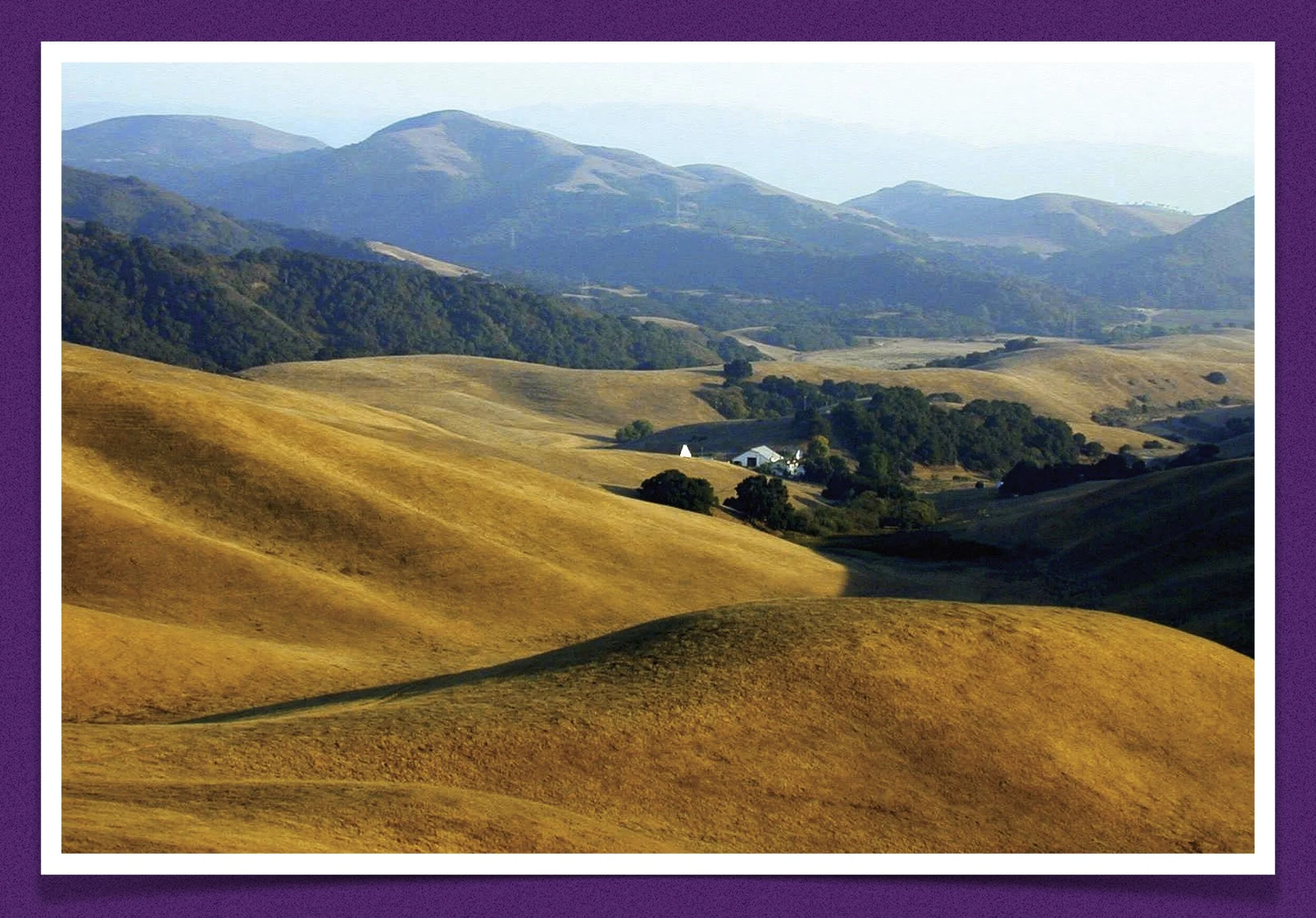
Literature
Central Coast Gallery Walk
Station Six: Hill Ranches
Up in the Hills
Hill ranches were usually nestled up higher in the rocky and dusty terrain of the foothills of the surrounding mountains. Hill ranches were cattle ranches. Since there was often a shortage of water at the higher elevations, the hill-ranchers raised cattle instead of the thirsty crops that lined the valley floor. These ranches were usually quite a bit further from town than the valley floor ranches, and this added to the hardships brought on by drought years and supply shortages.
The families living on these hill ranches were very resourceful. Though raising cattle was their main source of income, they would also engage in subsistence farming in order to put food on their tables. These families often had their own blacksmith shop to shoe horses, fix wagons, and fabricate random necessary parts around the ranch. Many of them also had a milk cow or two, some chickens and hens for eggs, pigs for pork, and a small vegetable garden. These were all things that would minimize the need for traveling into town for supplies, tools, and other necessities. In fact, someone living on a hill ranch in the 1920s might not make the journey into town more than once a month, since the trip would take the entire day. A hill-rancher would need to begin the journey at 5 a.m. just to make it back home by 10 p.m. Families living on hill ranches were reliant on supplies that could only be acquired in town, so they had to carefully plan what items to buy—and when—in order to make ends meet and maximize their infrequent journeys into town.
“Then he turned and looked back on the ranch, on the low, whitewashed house girded with red geraniums, and on the long bunkhouse by the cypress tree where Billy Buck lived alone.”

